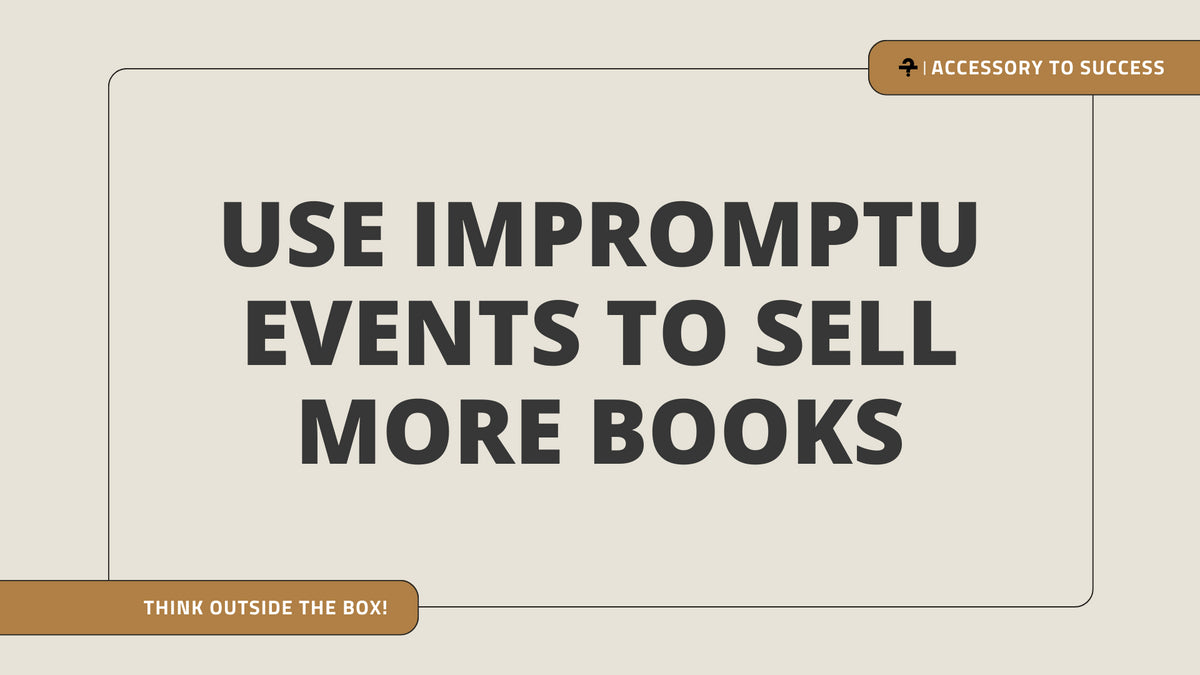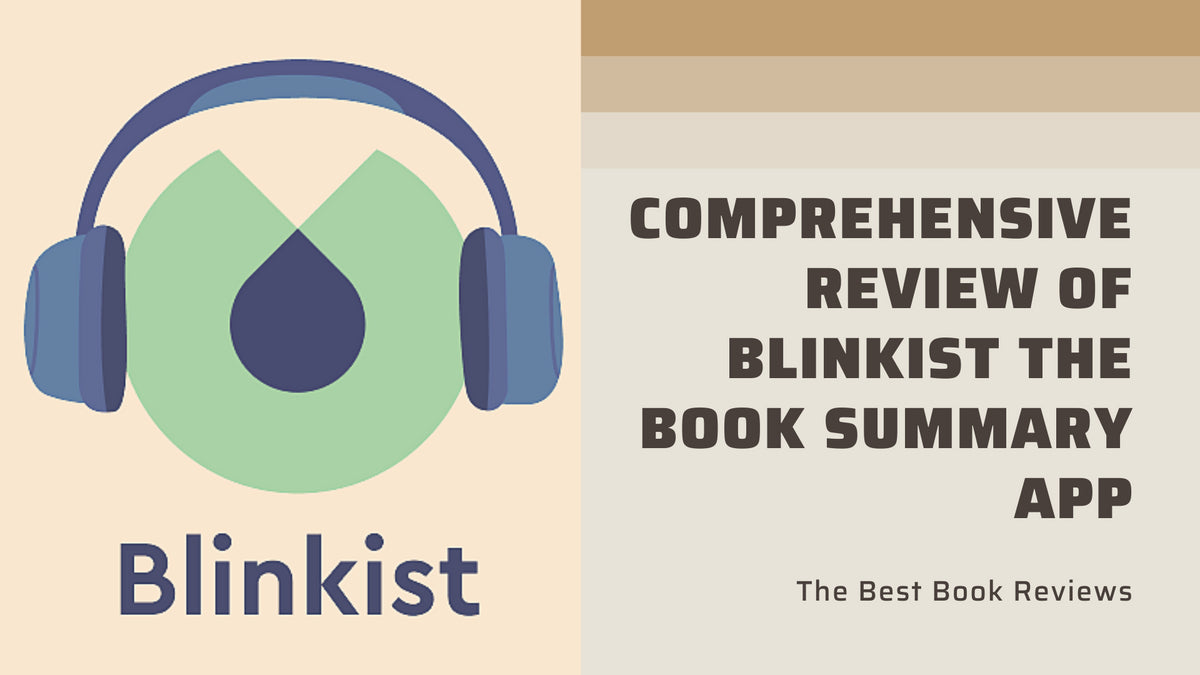Your Cart is Empty
Is the Pomodoro Technique Effective for Writing?
Is the Pomodoro Technique Effective for Writing?
If you are a procrastinator or a writer who has trouble starting or completing a writing project, the Pomodoro Technique could be a helpful strategy. Invented by Francesco Cirillo, the Pomodoro Technique is a time management method that utilizes short time periods in which you can express your creativity with the knowledge each writing session has a defined ending time. It turns what seems like a Herculean project into a manageable one consisting of writing segments. In the following sections, we review the Pomodoro Technique and explore its effectiveness.
What is the Pomodoro Technique?
The Pomodoro Technique is not difficult to implement, but it does require personal discipline to make it work as intended. Something Jocko Willink the author of Discipline Equals Freedom would be happy about. The basic premise is to write for a designated period of time and then take a break for 5 minutes before starting again. The writing segments Cirillo suggested are in 25-minute increments.
A variety of people have used the Pomodoro Technique since its appearance in the late 1980s. Originally developed when Cirillo was a university student who struggled with maintaining focus and completing assignments, the Pomodoro time management tool is now used by students, business people, book writers and anyone else with a writing project in mind or in progress. Cirillo called it the Pomodoro Technique because he was using a timer that looked like a tomato when he developed this technique. The word “Pomodoro” is the Italian word
for tomato.
Want to buy a book review?
Click here to learn how you can get a premium book review from us!
Pomodoro Technique works in the following way
- Identify the specific writing project you want to complete
- Think about the way you could achieve maximum productivity in 25-minute writing periods, i.e. write a chapter segment that fits the time period
- Place the timer where you can see it
- Set the timer for 25 minutes
- When the timer rings, determine if you met your writing goal; if not, set another goal for the next time session
- Record the session in a notebook with a mark of some kind
- Take a 5-minute break away from the desk where you were writing or typing
- Repeat this cycle three more times (total of four 25-minute sessions)
- After the fourth session, take a longer break of 15-30 minutes
- Repeat another set of sessions if desired
Though the Pomodoro Technique was developed with 25-minute time periods, you could use a time period that works better for you. Maybe you want to write for a half-hour at a time and take a longer break, or writing for 15-minutes works better for you. The idea is that you adhere to your plan of a minimum of an hour and preferably two hours of writing. You may do two 25-minutes sessions and decide that is all the time you have that day for the particular project in progress.
The number of times you repeat the Pomodoro beyond the first hour depends on the writing project’s complexity and your time schedule.
A few books you might enjoy on the subject of efficiency might be: Essentialism, Big Dreams Daily Joys, & Drive.
Benefits of Using the Pomodoro Technique
There are several benefits to using the Pomodoro Technique. They include the following.
- You avoid distractions like email, a dinging smartphone indicating new texts have arrived, a ringing phone and the television
- Helps overcome the mental challenge that is based on negative feelings about the ability to complete the project, a source of procrastination
- Only requires a timing device which could be the clock on your computer, a timer, an app, a stove timer, etc.
- Each session lasts 25 minutes, at which you take a break, so you get mental relief from concentrating
- After completing a couple of sessions, there is a good possibility you will feel motivated and even inspired in your writing due to making progress and enjoying short periods of mental and physical relaxation
- Two 25-minute sessions make up a whole hour of writing except for breaks, and the time seems to go by faster than if you tell yourself you are going to write for an hour or longer
- Taking breaks limits the possibility of eye strain or sitting too long
- Reduces time-wasting because there is a “deadline”
You do not have to buy a ticking timer if you do not have one or the ticking would be a distraction. There are online programs likeProductivity Timer and downloadable apps likePomotodo that have a timer based on the Pomodoro Technique.
You can choose to do anything you want with your 5-minute break, but doing something active or productive that is different from writing is highly recommended. For example, do some stretches, walk outside, listen to a favorite song, fold laundry, water the plants, fill the birdfeeder, fill the dishwasher, eat a quick snack and so on. Do not just sit at your desk and wait for the five minutes to pass.
Also, you can do something related to writing if you have a day when you are just not in the mood to write but need to keep the project moving forward. In that case, periodically using a set of sessions to do research on something like how to improve your writing, develop a character, expand on a plot, how to use your book as a business card, or more.
Why is Pomodoro Effective?
The Pomodoro is effective because it is simple and considers the natural tendencies of many writers. Some additional reasons include:
- The 25-minute session is long enough to make good writing progress but without making the effort feel tedious or overwhelming
- Taking breaks helps you keep your mind focused when you return to writing
- Taking breaks enables returning to work with fresh eyes
- This is a simple process that anyone can do
- Since the process is simple, it is easier to adhere to than if the system was more complicated
- The timed writing sessions are short enough to help people overcome a tendency to procrastinate
- You can see progress after each 25-minute session which is motivating
- Since the process has a specific time, you can easily fit it into your schedule when it works best
- Establishes a work rhythm
You can choose any time of day to begin the session set, so the time management technique is accommodating for people who prefer to work in the morning, mid-day or evening.
Do Not Let Yourself Get Distracted and Avoid Multitasking
Psychologists Matthew Killingsworth and Daniel Gilbert did astudy and found that each person spends approximately 47 percent of each waking hour doing “mind wandering.” The only way to overcome mind wandering is to manage your attention. You have to be aware your mind is wandering and stop it. You want your mind in the here and now.
Today, it is easier than ever to get distracted due to technology. It is also easy to let the mind wander. Though the Pomodoro Technique is designed to help you stay focused, there will be times when thoughts pop into your head, like suddenly remembering you forgot something or need to buy a birthday gift or should call your mother. Maybe a brilliant idea pops into your head for another book you can write, or perhaps you suddenly picture yourself sitting on a beach.
There are other distractions too. Your writing area may be disorganized, and that’s a distraction. Someone may knock on the door, or you forget to turn your smartphone off. You have a habit of checking email or social media every 5-10 minutes and feel a strong urge while writing. Resist! The book The ONE Thing is an enjoyable read on this subject.
During your writing session, quickly write down the ideas and to-do items that popped up in your thoughts. There is plenty of time after you complete the Pomodoro sessions to follow through. You may discover some of the items on the list are not important, and you can delete them.
When you are writing your book, you do not want to multitask. Focus only on the writing.
How Effective is the Pomodoro Technique?
The Pomodoro Technique is effective because it helps you manage your attention. A wandering mind is fine when you are developing a new plot for your book because it can lead to creative ideas. When you are ready to write, a wandering mind is not useful.
People who use the Pomodoro Technique say it is very effective and especially for more complex tasks that seem daunting at first. It is also recommended by procrastinators. Sometimes, it is hard to just get started writing or to maintain progress over time. If this is your problem, you might find a great deal of motivation from the book GRIT. How many books are started and never finished due to struggles with time management? Projects get delayed or dropped because some people get discouraged or have difficulty making progress without a schedule but also have difficulty staying on a self-imposed schedule. Finishing is worth it according to the book You Must Write A Book.
One of the important points to keep in mind is that the Pomodoro Technique only works if you stick to the work schedule, but you can adjust the time periods as needed. Sometimes, the 25 minutes will seem too short for creative people like authors, but sometimes the session will seem too long. The key is to be flexible. For example, you use a 25-minute Pomodoro for three days and on the fourth day realize you are having real issues concentrating on anything. You can do the 25-minute Pomodoro for several days, and then do a Pomodoro set of 15-minute sessions for a day. You can then return to the 25-minute Pomodoro the next day.
Writing a book is not an easy project, and anything that helps you bring your project to completion is worth pursuing. Don’t forget to make a checklist to assist in focusing on the right tasks. To learn the right way to do that read the book The Checklist Manifesto.
On a personal note, it is worth mentioning that we use the Pomodoro technique write all our book reviews. If you're an author and haven't bought a book review before here is an article about buying book reviews.
Want to buy a book review?
Click here to learn how you can get a premium book review from us!
Leave a comment
Comments will be approved before showing up.
Also in Growth

20 Best Selling Author Success Stories
Dive into the captivating journeys of bestselling authors! From humble beginnings to literary stardom, discover the secrets, struggles, and serendipities that shaped their iconic tales. Every success hides a story - uncover theirs. Be inspired, be enthralled. Your next favorite tale awaits!
Read More
In-Person Event Ideas To Crush Book Sales and Connect with Readers
Looking for ways to crush your book sales and connect with readers in person? Look no further than in-person events! Whether you're hosting a book signing, giving a talk, or leading a workshop, there are plenty of ways to get your book in front of people and build relationships with your fans.
Read More
Comprehensive Review of Blinkist the Book Summary App
Unleash a world of knowledge in mere minutes with Blinkist! Dive into our comprehensive review of the revolutionary book summary app. Discover how Blinkist can transform your reading habits, maximize your time, and empower your intellect. Curious about 'bite-sized' wisdom? Click now to unravel the magic of Blinkist!
Read More